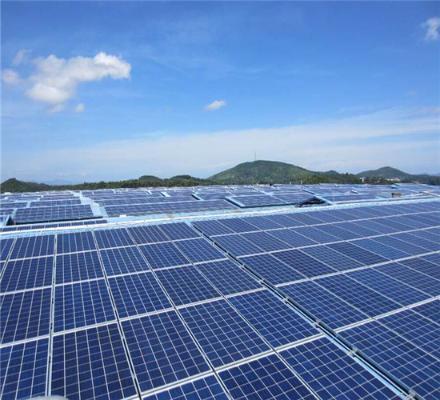**Sun-Powered Living: Cracking the Code on Home Solar Panel Numbers**
(How Many Solar Panels To Power A House)
Thinking about solar panels for your home? You’re not alone. More homeowners are turning rooftops into mini power stations. The big question: how many solar panels does it take to keep the lights on? Let’s break it down without the jargon.
First, know your energy habits. The average U.S. household uses about 900 kilowatt-hours (kWh) monthly. Your number might be higher or lower. Check your utility bill. Spot your monthly kWh usage. That’s your starting point.
Next, sunlight matters. A house in Arizona gets more sun than one in Seattle. Solar panels need daylight to work. The term “peak sun hours” refers to hours of strong sunlight. Arizona might get 6 peak hours daily. Seattle might get 3. More sun means fewer panels. Less sun means more panels.
Now, panel power. Solar panels come in different sizes. Most home panels produce 250 to 400 watts each. Let’s pick a 350-watt panel for example. If it gets 5 peak sun hours daily, it generates 1.75 kWh per day (350 watts x 5 hours). Multiply that by 30 days: 52.5 kWh monthly per panel.
Do the math. Say your home uses 900 kWh monthly. Divide 900 by 52.5. You’d need around 17 panels. But wait—this is ideal. Real life isn’t perfect. Add 10-20% extra for cloudy days or system losses. Now you’re looking at 19-20 panels.
Roof space counts too. Panels are roughly 17.5 square feet each. Twenty panels need 350 square feet. Got a small roof? Go for higher-wattage panels. Fewer panels, same power. Tight budget? Lower-wattage panels cost less but need more space.
Real-life examples help. Take a family in Florida. They use 1,200 kWh monthly. Their roof gets 5 peak sun hours. Using 400-watt panels, each makes 2 kWh daily (400 x 5). Monthly, that’s 60 kWh per panel. They’d need 20 panels (1,200 ÷ 60). Add a buffer. Maybe 22 panels.
Another case: a couple in Michigan. They use 600 kWh monthly. Their area gets 4 peak sun hours. With 300-watt panels, each makes 1.2 kWh daily. Monthly, 36 kWh per panel. They’d need 17 panels (600 ÷ 36). Round up to 19 for safety.
Weather and seasons matter. Winter days are shorter. Snow can cover panels. Some days, production drops. Batteries store extra energy for later. No batteries? The grid fills gaps. Net metering lets you sell excess power back to the utility company.
Panel efficiency improves yearly. Older panels needed more space. New ones squeeze more power from the same sunlight. Research the latest models. A 22% efficient panel beats a 15% one. Fewer panels, same result.
Installation angles tweak output. South-facing roofs are best in the Northern Hemisphere. Tilting panels at 30-45 degrees catches more sun. Shade from trees or chimneys? Trim branches or adjust panel placement.
Costs vary. Prices have dropped 70% in a decade. Federal tax credits slash bills. Leasing options exist if buying upfront stings. Calculate payback time. Most systems break even in 6-10 years. After that, free energy.
Every home is unique. Calculators online give rough estimates. Professionals use satellite tools for precision. They check your roof’s shape, shade, and local weather. Get quotes from installers. Compare their suggestions.
Solar isn’t one-size-fits-all. Your neighbor’s setup might not work for you. Start with your energy bill. Factor in sunlight, roof size, and panel specs. Adjust for real-world hiccups. The goal: a system that fits your life, wallet, and roof.
(How Many Solar Panels To Power A House)
Still unsure? Talk to a solar expert. They’ll measure, calculate, and explain. No pressure—just clear answers. Soon, you’ll join the sun-powered crowd, watching your meter spin backward.
Inquiry us
if you want to want to know more, please feel free to contact us. (nanotrun@yahoo.com)




